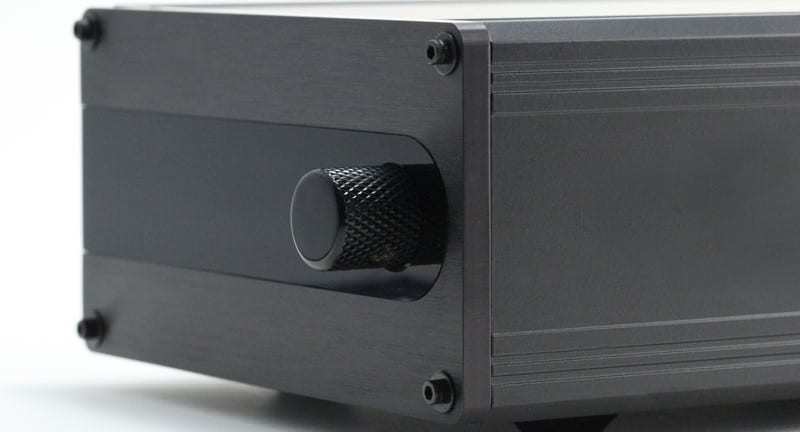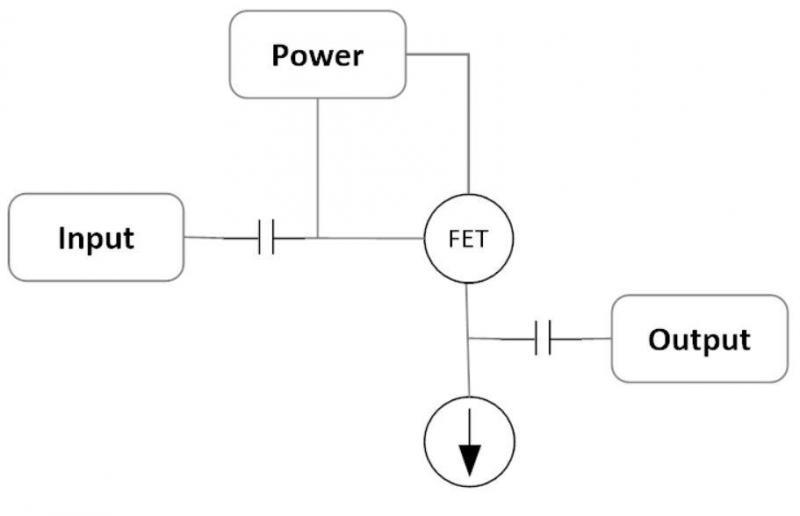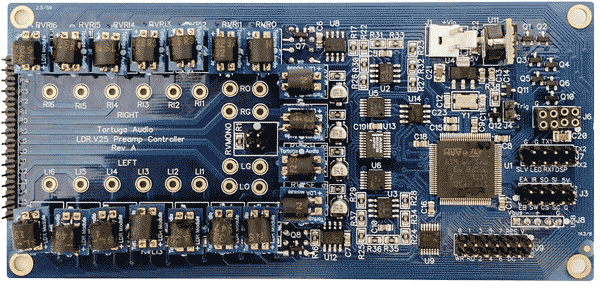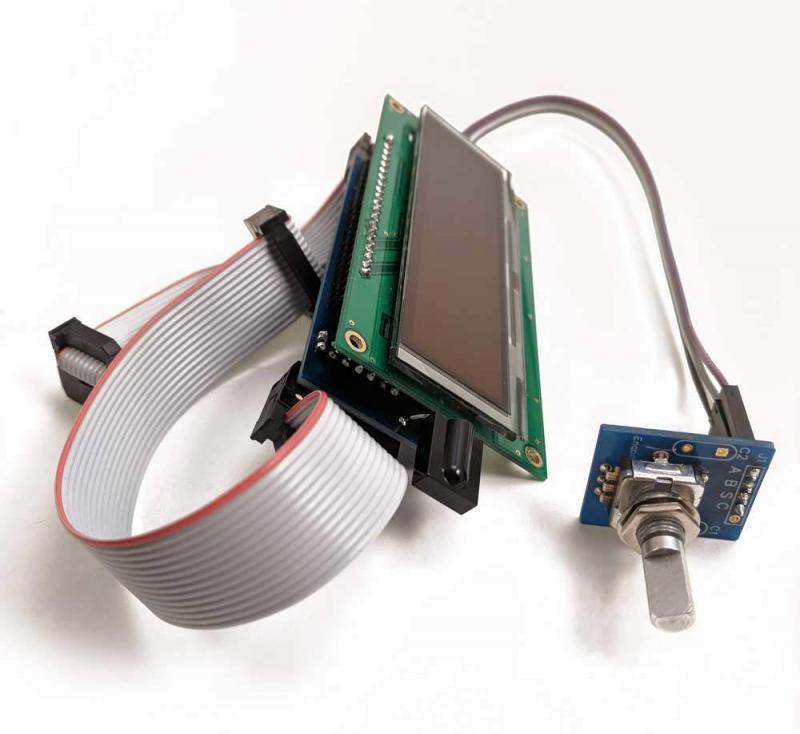A Solid State Active LDR Preamp
The LDR300 is a remote controlled, singled-ended, active preamplifier that combines Tortuga Audio’s popular LDR (photoresistor) attenuation technology together with a powerful JFET output buffer to deliver robust sonics that will satisfy the most discerning audio enthusiast.
The LDR300 is a unity gain preamp without the voltage amplication stage that can color, cloud and add noise to the signal path of active preamps. Eliminating the gain stage helps achieve the clarity, openess and unveiled qualities of a passive preamp. The design combines an LDR (light dependent resistor) front end volume controller with a robust output buffer (current amplifier) to deliver a powerful and engaging audio signal to your amplifier with the least amount of editorializing.
Comes equipped with a remote, external power supply, 3 inputs and 2 (parallel) outputs using high quality silver/rhodium plating over solid brass Cardas jacks plus Neotech OCC solid copper point-to-point audio signal hookup wire, with premium quality active circuitry components throughout.
Buffered Preamp = Active Preamp With No Gain Stage
Tortuga Audio was founded as a passive LDR preamp company so the reader may well wonder why we’re now coming out with an active version of our LDR preamp.
Simply put, it’s hard to beat the peformance of our passive preamps within a compatible system. But the reality is not all audio systems are compatible with passive preamps. We invite you to read our article on the active vs. passive preamp debate. It’s one of our more informative articles and you may be surprised by what we have to say.
An often overlohttp://51.81.208.15/active-vs-passive-preamp/oked aspect of today’s high performance audio gear is you rarely need to boost the signal voltage (add gain/amplification) within your preamplifier to achieve reasonable volume control headroom. The linestage output voltage from most source components (DACs, CD transports, phono preamps etc.) is more than adequate to drive most amplifiers right up against their power supply rails. Said differently, it doesn’t make sense to put an amplifier in front of an amplifier when only one amplifier (your power amp) is necessary to play music as loud as you want.
For this reason, the LDR300 has no gain stage thereby avoiding the unnecesary complexity, noise, coloration, cost and commensurate need for a high performance power supply. Less processing and manipulation of the audio signal more often than not results in a better sounding system.
Powerful JFET Output Buffer
With no gain stage, an active preamp requires only a front end attenuator for volume control followed by a buffer output stage. The buffer stage, shown below in a simplified schematic, serves two primary purposes.
First, as the word itself implies, a buffer does indeed buffer the incoming audio signal by putting an electronic firewall between the input and output. The incoming audio signal “sees” only the relatively high input impedance of the preamp itself which presents a minimal load on the source component connected to the preamp input. By way of comparison, in a passive preamp the incoming audio signal sees right through the passive preamp at the combined parallel impedance of both the preamp and the downstream amplifier. The output of an active buffer typically has a very low fixed output impedance making it easier to deliver the audio signal and also making the preamp compatible with virtually any amplifier. Again, by way of comparison, the output impedance of a passive preamp starts out higher and increases significantly as the volume is increased which can be challenging for some sources and amplifiers.
Secondly, a buffer acts as a current amplifier ensuring that the preamp’s incoming audio signal (the voltage waveform) gets delivered downstream with the greatest possible effective power especially when the music signal is highly demanding such as with drum kicks, string plucks and other acoustic waveforms that have strong transient and dynamic content.
Moreover, a low impedance buffer output stage can deliver the audio signal to any power amplifier regardless of the length of the interconnect cable between the preamp and the amp. Last but not least, it can more easily connect to both a primary power amp plus a subwoofer amp without impedance related concerns.
The buffer design used in the LDR300 is an inherently simple yet highly effective design that utilizes a single ultra low-noise JFET transistor that is optimized for audio applications. Everything else in the buffer circuitry supports the power supply and constant current source that drives the JFET. Premium components are used including Vishay/Dale resistors, Elna Silmic II (silk) electrolytic filter capacitors and Vishay/VCAP polypropylene coupling capacitors.
4th Generation V25 Preamp Controller
The LDR3000 employs our most advanced 100-step V25 preamp controller with digitally controlled analog LDR attenuation that provides smooth volume control over a 60 dB range including muting, channel balance adjustment, and input switching. Firmware is updateable via a USB port. The V25 includes built-in calibration of the LDRs to ensures accurate attenuation, channel balance and optimal performance over the extended life of the preamp.
The V25 uses analog light dependent photoresistors in lieu of potentiometers or stepped resistor attenuators for volume control as well as input switching (no relays). LDR Modules are socketed and easily replaceable ensuring the lasting value of your passive preamp investment.
The preamp is controlled through an intuitive interactive menu driven visual control interface designed around the 7-button Apple remote and our new 256 x 64 pixcel white-on-black graphic OLED (Organic Light Emitting Diode) display.




